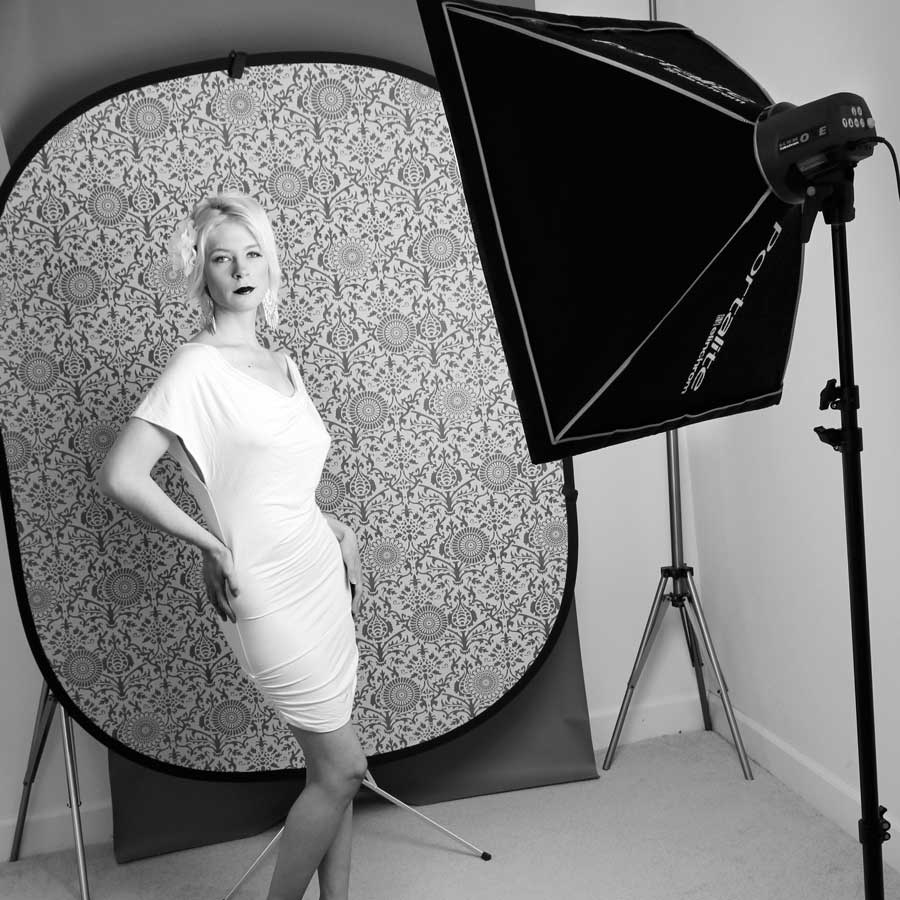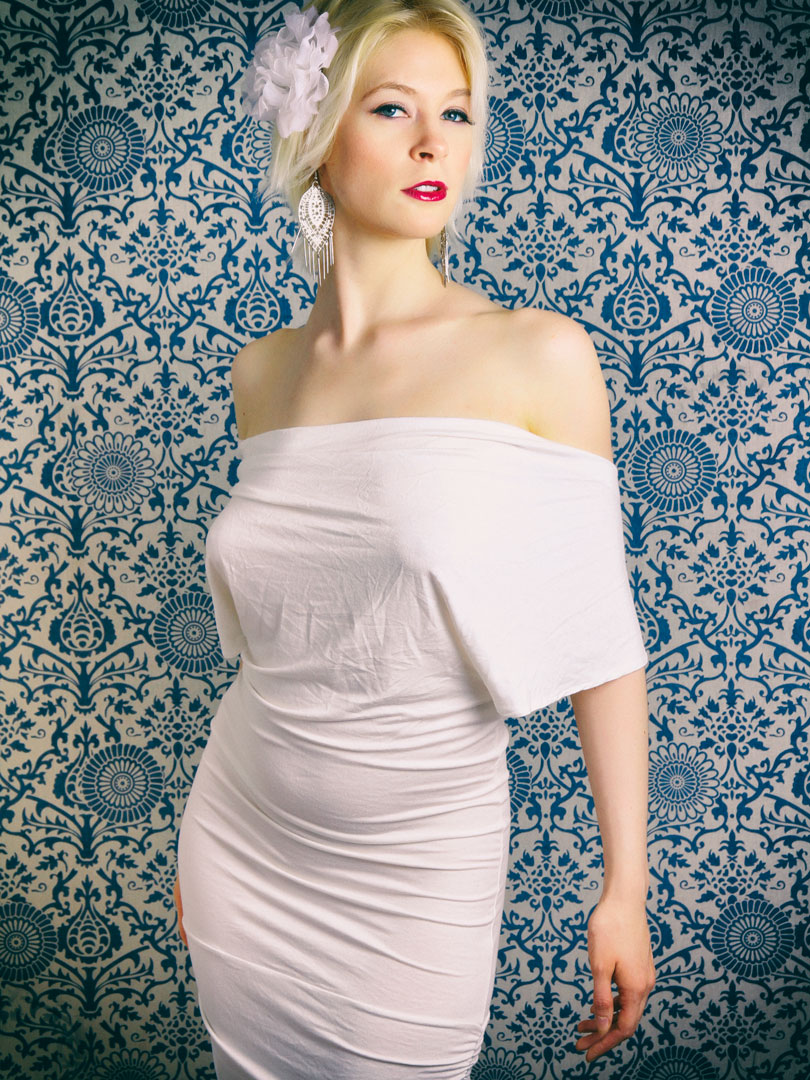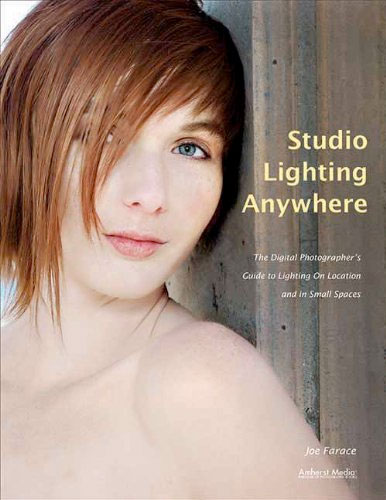Today’s Post by Joe Farace
I’m always glad to hear from readers. And if you have any questions about anything that you see on this blog, please click on the Contact button above and ask.
 Question: In one of your previous lighting reviews you indicated that some the photographs have a 3:1 lighting ratio with an exposure of 1/125 sec at f/11. I’m familiar with lighting ratios but am weak in some aspects to the setup and execution of them. Would I be correct in believing the main light is set to f/11 and the background light is set to f/4 which gives the 3:1 ratio or did I miss something? It seems as if the more learn the more I realize there is much I have to learn.—Carrie, Boston, MA
Question: In one of your previous lighting reviews you indicated that some the photographs have a 3:1 lighting ratio with an exposure of 1/125 sec at f/11. I’m familiar with lighting ratios but am weak in some aspects to the setup and execution of them. Would I be correct in believing the main light is set to f/11 and the background light is set to f/4 which gives the 3:1 ratio or did I miss something? It seems as if the more learn the more I realize there is much I have to learn.—Carrie, Boston, MA
 Answer: Lighting ratio refers to a comparison of the key or main light to the fill light. The higher the lighting ratio is, the higher the contrast of the image will be and conversely; the lower the ratio, the lower the contrast will be. The ratio can be calculated because each increase in aperture is equal to double the amount of light or two to the power of the difference in f stops.
Answer: Lighting ratio refers to a comparison of the key or main light to the fill light. The higher the lighting ratio is, the higher the contrast of the image will be and conversely; the lower the ratio, the lower the contrast will be. The ratio can be calculated because each increase in aperture is equal to double the amount of light or two to the power of the difference in f stops.
For example: A difference in two stops between the key and fill lights is 2 squared or a 4:1 ratio. A difference in three stops between the light is 2 cubed, or an 8:1 lighting ratio. If there is no difference at all between key and fill the lighting ratio is equal to two to the power of zero, which produces a 1:1 ratio, which is close to the lighting ratio of today’s featured image.
For the 3:1 lighting ratio that was used in my shot in the review in Shutterbug that she referred to, there was a one-stop difference. A lighting ratio of 3:1 is considered normal for color photography but photographers can be flexible in applying this rule and to tell the truth I seldom worry about hitting a specific numbered ratio.
How I Made this Portrait: For this shoot with Pam Simpson getting all Great Gatsby the main light used a 26-inch square softbox on a Elinchrom D-Lite RX monolight that was placed at camera right. I mounted a 36-inch Westcott silver umbrella on another Elinchrom D-Lite RX monolight as fill. It was placed in the far (camera) left-hand corner of my in-home studio; Background was a Savage Retro Blue 60×72-inch Accent collapsible backdrop. Ms. Simpson was photographed with a Canon EOS 60D and EF-S15-85mm f/3.5-5.6 IS USM (at 65mm) with an exposure of 1/125 sec at f/11 and ISO 200. Image was retouched using my normal techniques and then enhanced using Analog Efex Pro.
If you enjoyed today’s blog post and would like to buy Joe a cup of Earl Grey tea ($2.50), click here.
If you’re interested in learning how I shoot portraits and how I use cameras, lenses and lighting in my in-home studio and on location, please pick up a copy of Studio Lighting Anywhere which is available new from Amazon.com for $27.90 or used starting around twenty-onet bucks, as I write this. If you would like some hands-on studio lighting training, check out my one-on-one 2022 “Shoot with Joe” workshops. Look for details about the workshops next month.
